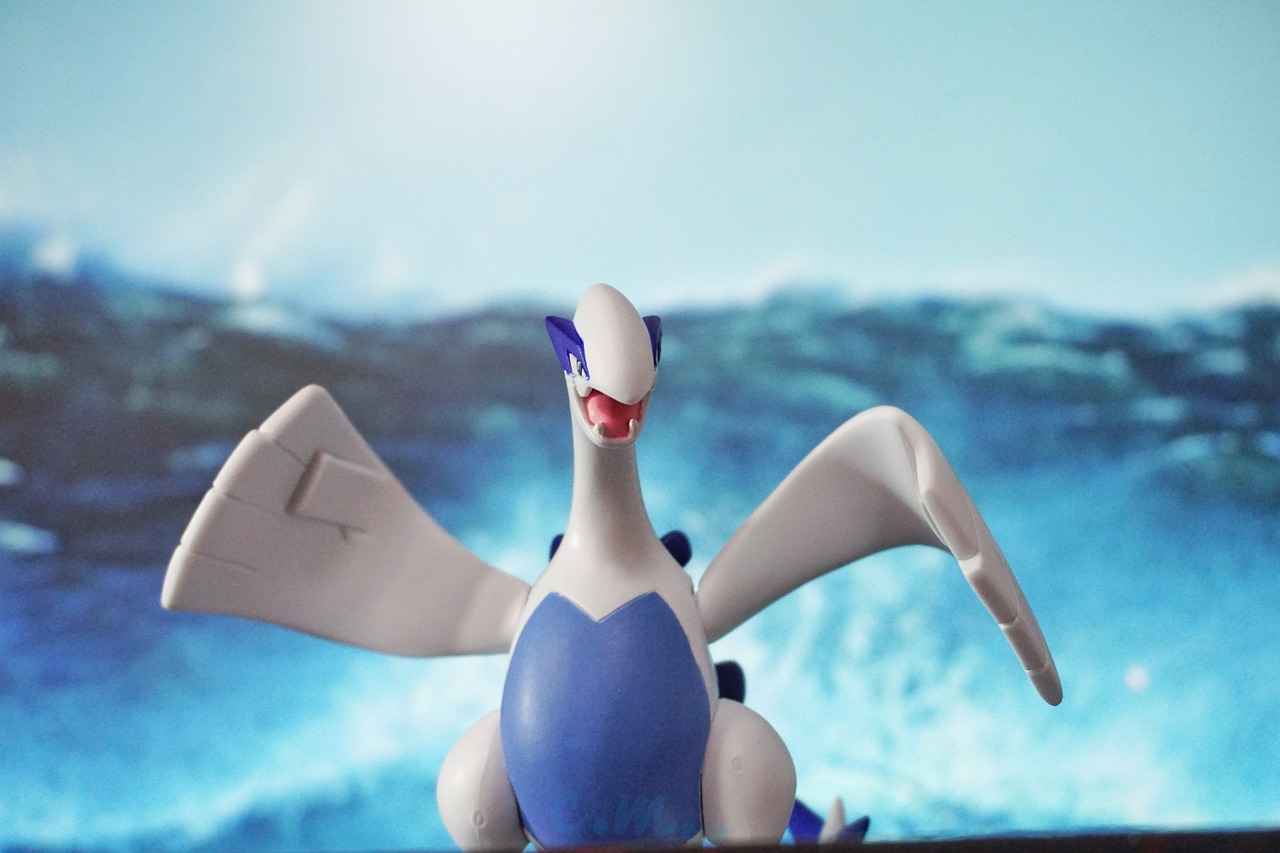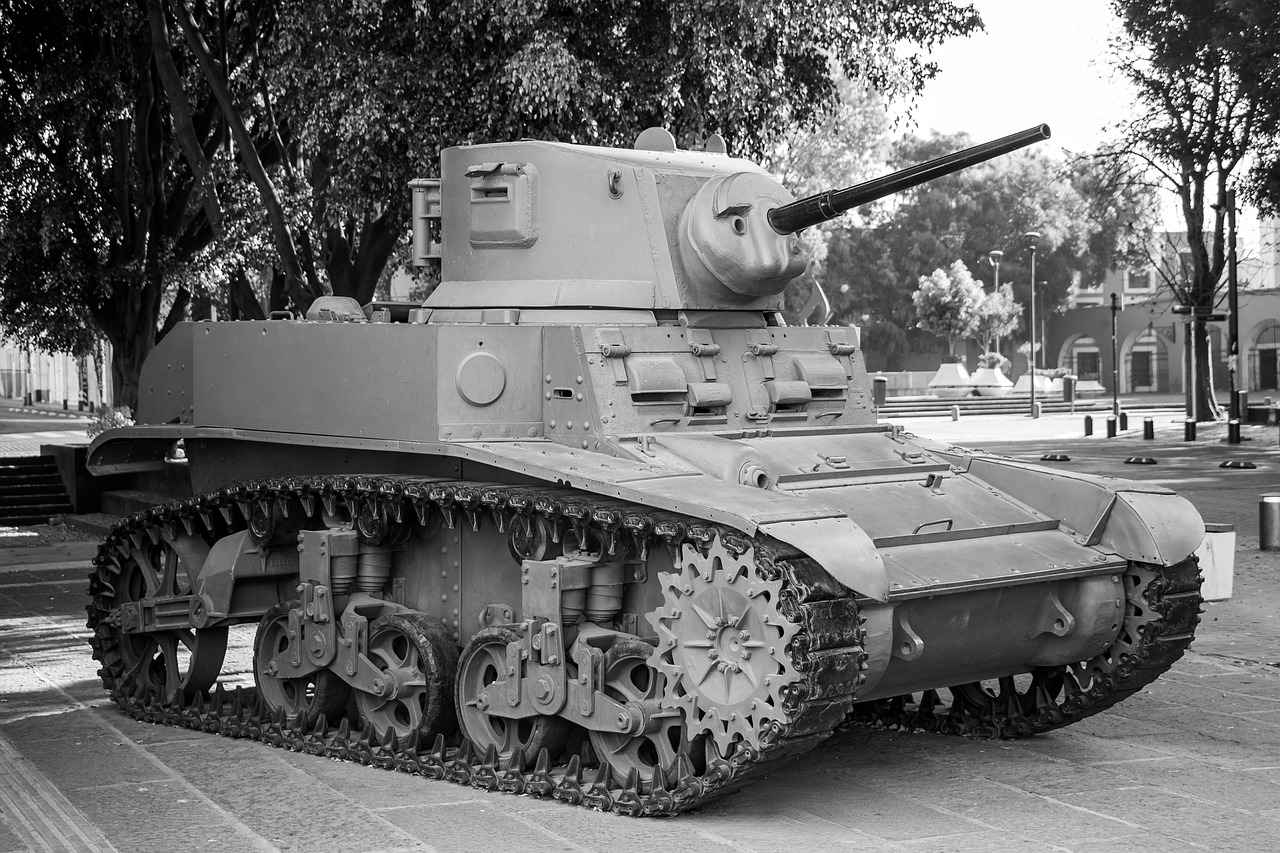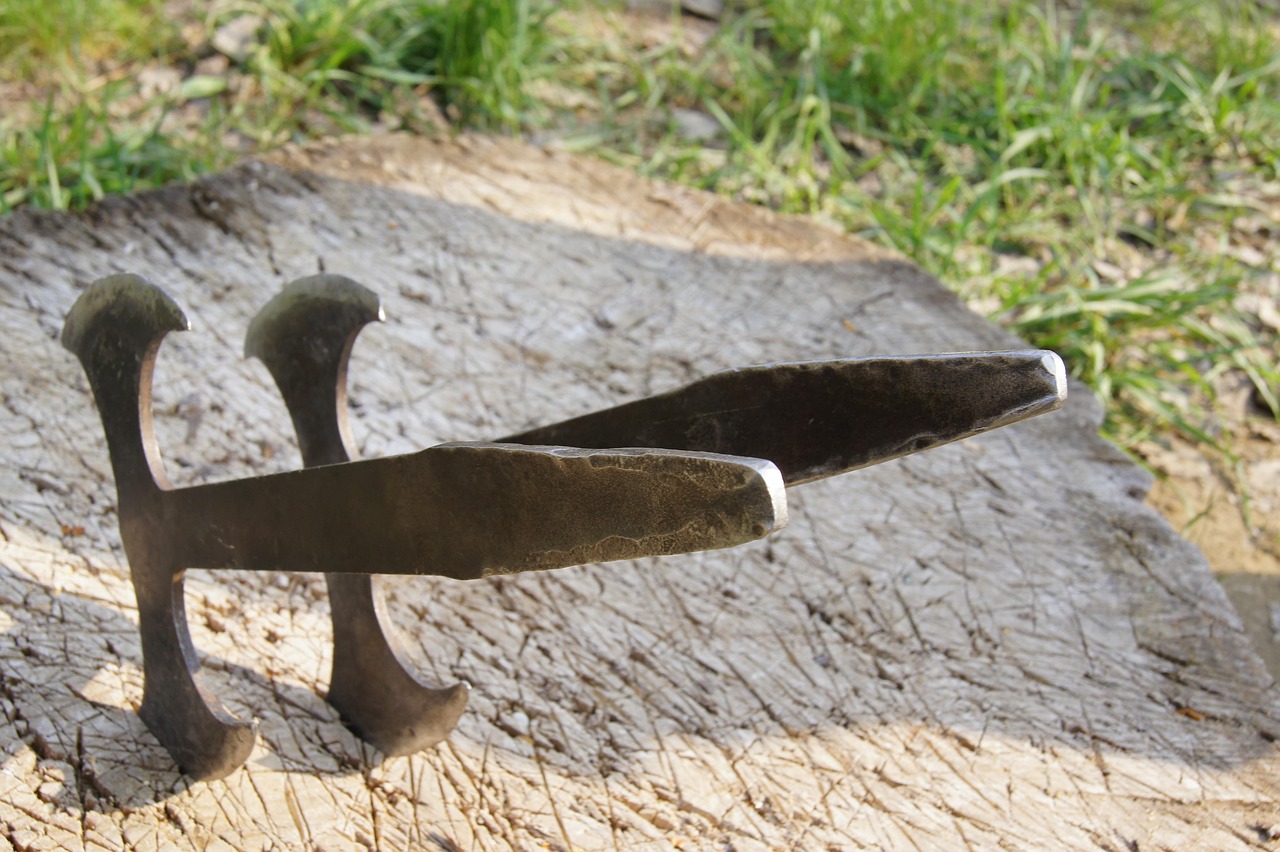This article provides an in-depth analysis of Crustle, a Bug/Rock-type Pokémon, including its best moveset, effective counters, and strategies for competitive battles. With this guide, you will have all the information needed to excel in your Pokémon journey.
Understanding Crustle’s Characteristics
Crustle is known for its impressive Defense stats and unique abilities, making it a formidable opponent in battles. With a base Defense of 100 and a solid HP of 70, Crustle can absorb a considerable amount of damage. Its ability Sturdy ensures that it can survive one hit, allowing it to retaliate effectively.
Optimal Moveset for Crustle
Choosing the right moveset is crucial for maximizing Crustle’s effectiveness in battles. The recommended moves include:
- Rock Slide – A strong STAB move that can flinch opponents.
- Bug Bite – Another STAB option that benefits from Crustle’s high Attack stat.
- Shell Smash – A game-changing move that boosts Crustle’s Attack, Special Attack, and Speed.
- Earthquake – Provides coverage against Steel and Fire-types.
Top Counters to Crustle
Knowing how to counter Crustle is essential for trainers. Some of the most effective counters include:
- Fighting-types like Machamp can exploit Crustle’s weaknesses.
- Water-types such as Swampert are also effective due to their resistance to Rock-type moves.
Competitive Battle Strategies for Crustle
To excel in competitive play, understanding battle strategies is crucial. In single battles, utilizing Shell Smash can turn the tide, while in double battles, pairing Crustle with a supportive partner can maximize its potential.
Conclusion: Mastering Crustle in Competitive Play
In conclusion, mastering Crustle involves understanding its strengths, weaknesses, and optimal strategies. With the right moveset and team composition, Crustle can be a valuable asset in any competitive Pokémon battle.

Understanding Crustle’s Characteristics
Crustle is a fascinating Bug/Rock-type Pokémon that has captured the attention of trainers and enthusiasts alike. With its impressive high Defense stats and unique abilities, Crustle stands out as a formidable opponent in various battle scenarios. This section delves into the intricate details of Crustle’s characteristics, including its base stats, abilities, and its overall role within the expansive Pokémon universe.
| Stat | Value |
|---|---|
| HP | 70 |
| Attack | 95 |
| Defense | 125 |
| Special Attack | 65 |
| Special Defense | 75 |
| Speed | 45 |
Crustle’s high Defense makes it a strategic choice for trainers looking to withstand heavy hits while delivering powerful counterattacks. Its ability, Sturdy, ensures that Crustle can survive one hit from an opponent, allowing it to retaliate effectively. Additionally, its secondary ability, Shell Armor, provides protection against critical hits, further enhancing its survivability in competitive play.
In the vast landscape of Pokémon battles, Crustle serves as a reliable wall, absorbing damage and providing opportunities for teammates to capitalize on its defensive prowess. Understanding these characteristics is essential for trainers aiming to utilize Crustle effectively in their battle strategies.

Optimal Moveset for Crustle
Choosing the right moveset is essential for maximizing Crustle’s effectiveness in battles. This section outlines the best moves that Crustle can learn, focusing on STAB (Same Type Attack Bonus) options and coverage moves that significantly enhance its performance against various opponents.
Crustle, being a Bug/Rock-type Pokémon, benefits greatly from moves that leverage its unique typing. The following moves are highly recommended:
- Rock Slide – A powerful STAB move with a base power of 75, Rock Slide not only deals significant damage but also has a chance to flinch the opponent, providing a strategic advantage.
- Bug Bite – Another STAB move, Bug Bite has a base power of 60 and allows Crustle to benefit from its Bug typing while also stealing the opponent’s held item if they have one.
- Earthquake – This move provides excellent coverage against Steel and Fire types, which are common threats to Crustle. With a base power of 100, it can hit multiple opponents in double battles as well.
- Shell Smash – A pivotal move for boosting Crustle’s Attack, Special Attack, and Speed, Shell Smash allows it to become a formidable sweeper, turning the tide of battle in its favor.
In addition to these offensive moves, Crustle can utilize defensive strategies to enhance its survivability:
- Stealth Rock – Setting up hazards can disrupt the opponent’s strategy and is especially useful in competitive play.
- Protect – This move allows Crustle to shield itself from damage while scouting the opponent’s moves, providing crucial information.
Combining these moves effectively creates powerful strategies that can surprise opponents. For example, using Shell Smash followed by Rock Slide can maximize damage output while maintaining pressure on the opposing team.
Ultimately, understanding and selecting the right moveset for Crustle is vital for leveraging its strengths in battles. With the proper combination of offensive and defensive moves, Crustle can be a valuable asset in any trainer’s roster.
Top Attacking Moves
Crustle is a formidable contender in the Pokémon universe, particularly due to its impressive array of attacking moves. Understanding these moves is crucial for trainers aiming to maximize Crustle’s battle potential. This section delves into Crustle’s top attacking moves, detailing their types, base power, and effectiveness against various opponents.
- Rock Wrecker
- Type: Rock
- Base Power: 150
- Effectiveness: Highly effective against Flying, Bug, and Fire types.
This move is Crustle’s most powerful option, capable of dealing devastating damage. However, it requires a turn to recharge, making it essential to use strategically.
- Shell Smash
- Type: Normal
- Base Power: N/A (Boosts stats)
- Effectiveness: Enhances Crustle’s Speed and Attack significantly.
While not a direct attack, Shell Smash is crucial for setting up Crustle to outspeed opponents and hit harder with subsequent moves.
- Stone Edge
- Type: Rock
- Base Power: 100
- Effectiveness: Strong against Flying, Bug, and Ice types.
Stone Edge boasts a high critical hit ratio, making it a reliable choice for consistent damage output.
- Bug Bite
- Type: Bug
- Base Power: 60
- Effectiveness: Effective against Psychic and Dark types.
This move offers decent damage and the chance to steal an opponent’s held item, adding a strategic layer to its use.
By mastering these moves, trainers can ensure Crustle is a formidable force in battles, capable of dealing significant damage to a variety of opponents. Understanding the strengths and weaknesses of each move allows for better strategic planning and execution in competitive play.
Defensive Moves for Crustle
Crustle is not only a potent attacker but also possesses a variety of defensive moves that significantly enhance its survivability in battles. Understanding these moves can provide strategic advantages in competitive play, allowing trainers to maximize Crustle’s potential.
- Shell Smash: This move is crucial for Crustle, as it boosts its Attack, Special Attack, and Speed at the cost of lowering its Defense and Special Defense. Although it may seem counterintuitive, the increased offensive capabilities can overwhelm opponents before they have a chance to retaliate.
- Stealth Rock: By setting up Stealth Rock, Crustle can control the battlefield. This entry hazard deals damage to opponents upon switching in, making it an excellent tactic to weaken foes over time, especially those with a weakness to Rock-type moves.
- Rock Polish: This move increases Crustle’s Speed, allowing it to outspeed many threats after a speed boost. This can be particularly useful in a pinch, giving Crustle the opportunity to strike first and potentially turn the tide of battle.
- Defensive Stat Boosts: Moves like Iron Defense can significantly enhance Crustle’s already impressive Defense stat, making it nearly impenetrable. This is especially effective against physical attackers, allowing Crustle to endure hits that would otherwise be devastating.
- Recover: Having a move like Recover can greatly extend Crustle’s longevity in battles. This move allows it to regain a portion of its health, making it harder for opponents to wear it down, especially in prolonged engagements.
By utilizing these defensive moves, Crustle can not only withstand powerful attacks but also create opportunities for counter-attacks and strategic plays. Trainers who effectively incorporate these moves into their tactics can significantly enhance Crustle’s role in competitive battles.
Best Move Combinations
are essential for maximizing Crustle’s potential in battles. By strategically pairing moves, trainers can create unexpected scenarios that can turn the tide in their favor. This section explores the most effective combinations, taking advantage of Crustle’s unique typing and abilities.
Crustle’s dual Bug/Rock typing offers a variety of options when it comes to move combinations. Here are some of the best pairings that can surprise opponents:
- Rock Slide + Bug Bite: This combination utilizes Crustle’s STAB (Same Type Attack Bonus) moves. Rock Slide provides excellent coverage against Flying and Fire types, while Bug Bite can deal significant damage to Psychic and Dark types.
- Shell Smash + Stone Edge: Shell Smash is a game-changer, boosting Crustle’s Attack, Special Attack, and Speed. Follow it up with Stone Edge for a powerful strike that can take out many opponents before they have a chance to respond.
- Stealth Rock + Earthquake: Setting up Stealth Rock can provide crucial entry hazard damage to opposing Pokémon. Pairing this with Earthquake allows Crustle to hit Steel and Fire types hard, which are common threats.
Another effective strategy is to combine Protect with any offensive move. Using Protect not only allows Crustle to scout the opponent’s move but also gives it a chance to recover health if it holds a Leftovers item. This defensive play can create openings for Crustle to unleash its powerful attacks.
In conclusion, the best move combinations for Crustle revolve around maximizing its strengths and surprising opponents. By utilizing a mix of offensive and defensive strategies, trainers can effectively turn battles in their favor.
Synergies and Team Compositions
Understanding how Crustle fits into team dynamics is essential for achieving competitive success in Pokémon battles. By identifying Pokémon that complement Crustle’s strengths while addressing its weaknesses, trainers can create a balanced and effective team. Below, we explore some of the best Pokémon partners for Crustle and how they enhance its performance.
| Pokémon | Type | Synergy Benefits |
|---|---|---|
| Gardevoir | Psychic/Fairy | Provides coverage against Fighting types that threaten Crustle, while benefiting from Crustle’s ability to absorb physical hits. |
| Gyarados | Water/Flying | Can intimidate opponents, lowering their Attack, which helps Crustle withstand more damage. Gyarados can also counter Fire types that threaten Crustle. |
| Ferrothorn | Grass/Steel | Offers resistance to Water and Electric types, which are common threats to Crustle. Ferrothorn can also set up hazards, supporting Crustle’s defensive role. |
| Rotom-Wash | Electric/Water | Can handle Steel and Fire types effectively, providing coverage that Crustle lacks. Additionally, it can use Will-O-Wisp to cripple physical attackers. |
Incorporating these Pokémon into a team with Crustle can significantly enhance overall performance. Each partner brings unique strengths that cover Crustle’s vulnerabilities, allowing for a more versatile and resilient team composition.
Moreover, utilizing support Pokémon that can set up entry hazards or provide healing can further optimize Crustle’s effectiveness in battle. By strategically selecting team members, trainers can create a cohesive unit that maximizes Crustle’s potential.
In conclusion, understanding the synergies between Crustle and its teammates is crucial for competitive success. By leveraging the strengths of various Pokémon, trainers can build a formidable team that excels in battles.

Effective Counters to Crustle
Knowing how to effectively counter Crustle is essential for trainers looking to gain an edge in battles. This section identifies Pokémon that pose significant threats to Crustle and outlines strategies to exploit its weaknesses. Understanding these counters can significantly improve your chances of victory against this formidable Bug/Rock-type Pokémon.
Key Weaknesses of Crustle
- Crustle is particularly vulnerable to Fighting, Ground, Steel, and Water type moves.
- Its dual typing gives it a notable disadvantage against Pokémon that wield these types effectively.
Top Counters Overview
| Pokémon | Type | Effective Moves |
|---|---|---|
| Lucario | Fighting/Steel | Close Combat, Aura Sphere |
| Excadrill | Ground/Steel | Earthquake, Iron Head |
| Swampert | Water/Ground | Hydro Pump, Earthquake |
| Conkeldurr | Fighting | Dynamic Punch, Mach Punch |
Strategies to Defeat Crustle
Employing the right strategies can make all the difference when facing Crustle. Here are some tactical insights:
- Utilize Fast Pokémon: Speed is crucial. Use Pokémon that can outspeed Crustle to land effective hits before it can retaliate.
- Focus on Super Effective Moves: Choose moves that exploit Crustle’s weaknesses. Moves like Close Combat or Earthquake can deal substantial damage.
- Employ Status Effects: Inflicting status ailments such as burn or paralysis can limit Crustle’s effectiveness in battle.
By understanding Crustle’s vulnerabilities and utilizing the right Pokémon and strategies, trainers can turn the tide of battle in their favor.
Top Counters Overview
In the competitive world of Pokémon battles, knowing how to effectively counter your opponent can make a significant difference. Crustle, with its Bug/Rock typing and high Defense, poses a unique challenge. However, several Pokémon can exploit its weaknesses and turn the tide in battle. Below is a comprehensive list of some of the most effective counters to Crustle, complete with their types, moves, and strategies to help trainers emerge victorious.
| Pokémon | Type | Effective Moves | Strategy |
|---|---|---|---|
| Machamp | Fighting | Dynamic Punch, Close Combat | Utilize Machamp’s high Attack to deal super effective damage while resisting Crustle’s Bug-type moves. |
| Gardevoir | Psychic/Fairy | Moonblast, Psychic | Gardevoir can outspeed Crustle and deliver powerful Fairy-type moves that exploit its weaknesses. |
| Charizard | Fire/Flying | Flamethrower, Air Slash | Charizard can leverage its Fire-type moves to deal significant damage, while also avoiding some of Crustle’s attacks. |
| Swampert | Water/Ground | Earthquake, Surf | Swampert’s Ground-type moves are super effective against Crustle, and its bulk allows it to absorb damage. |
When facing Crustle, it’s essential to keep in mind its unique abilities and potential moves. Employing Pokémon that can hit hard and fast, while also resisting its attacks, will give trainers a significant advantage. Always consider the synergy of your team and how each Pokémon can cover for one another to maximize your chances of victory.
Strategies to Defeat Crustle
When it comes to battling Crustle, having a solid strategy is essential for trainers looking to gain the upper hand. This Bug/Rock-type Pokémon is known for its impressive defenses and unique abilities, which can make it a challenging opponent. Here are some key strategies to effectively defeat Crustle in battle:
- Exploit Weaknesses: Crustle has a notable weakness to Fighting, Ground, Steel, and Water type moves. Utilizing Pokémon that can learn powerful moves of these types will give you a significant advantage.
- Speed Matters: Crustle tends to be slower than many opponents. Use faster Pokémon to strike first, which can help you deal damage before it has a chance to retaliate.
- Special Attacks: Crustle has high physical defense but lower special defense. Employing powerful special attackers can help you bypass its defenses and deal substantial damage.
- Use Status Moves: Moves that inflict status conditions, such as Burn or Paralyze, can hinder Crustle’s performance in battle. Consider Pokémon that can learn moves like Will-O-Wisp or Thunder Wave.
- Team Synergy: Build your team to include Pokémon that can cover each other’s weaknesses. For example, pairing a strong Fighting-type with a Pokémon that can set up hazards can create a strategic advantage.
In summary, defeating Crustle requires a multifaceted approach that utilizes its weaknesses, leverages speed, and incorporates team dynamics. By implementing these strategies, trainers can significantly improve their chances of overcoming this tough opponent and achieving victory in battles.

Competitive Battle Strategies for Crustle
In the realm of competitive Pokémon battles, Crustle stands out as a unique contender, thanks to its distinct typing and abilities. To truly excel with Crustle, it is essential to grasp various battle strategies that leverage its strengths while mitigating its weaknesses. This section elaborates on effective tactics for utilizing Crustle across different battle formats.
Crustle is primarily a defensive Pokémon, boasting impressive Defense stats that allow it to absorb hits from opponents. Its Bug/Rock typing grants it both advantages and vulnerabilities, making it crucial to understand its matchups. By capitalizing on its strengths, trainers can create opportunities for Crustle to shine.
In single battles, Crustle can act as a formidable wall while setting up strategies. Utilizing moves like Stealth Rock can provide significant advantages by damaging incoming opponents. Additionally, pairing Crustle with Pokémon that can clear threats, such as Fire-types, can enhance its effectiveness. A well-timed Shell Smash can also turn the tide, allowing Crustle to boost its Attack and Speed dramatically.
Double battles provide a unique opportunity to maximize Crustle’s potential. Teaming Crustle with Pokémon like Gardevoir or Gyarados can create powerful synergies. Crustle can use Protect to shield itself while its partner deals damage, or it can set up Trick Room to capitalize on its slower speed. This strategic approach allows for coordinated attacks that can overwhelm opponents.
Being adaptable is key in competitive play. Observing your opponent’s team composition and adjusting Crustle’s moveset accordingly can lead to victory. For instance, if facing a team heavy on Flying-types, consider equipping moves that can counter them effectively. The ability to pivot and modify strategies based on the battle context is crucial for success.
In conclusion, mastering Crustle in competitive battles requires a blend of strategic planning, adaptability, and an understanding of its unique characteristics. By employing the right tactics in both single and double formats, trainers can leverage Crustle’s strengths to secure victories in the competitive arena.
Single Battle Tactics
Single battles require a unique approach, especially when utilizing Crustle effectively against various opponents. This section outlines essential tactics and strategies that can transform Crustle into a formidable contender in one-on-one matches.
Crustle’s high Defense and diverse moveset make it an excellent choice for single battles. To maximize its potential, trainers should consider the following tactics:
- Utilize Crustle’s Bulk: Crustle’s impressive Defense stat allows it to withstand powerful attacks. Use this to your advantage by absorbing hits and retaliating with strong counterattacks.
- Set Up with Shell Smash: One of Crustle’s standout moves is Shell Smash, which boosts its Attack, Special Attack, and Speed at the cost of Defense. Timing this move correctly can allow Crustle to become a sweeping threat.
- Type Matchups: Being a Bug/Rock-type, Crustle is weak against Water, Rock, Fighting, and Steel-type moves. It’s crucial to understand your opponent’s Pokémon and switch to Crustle when it can resist their attacks.
- Employ Strategic Moves: Moves like Stone Edge and Bug Bite provide STAB (Same Type Attack Bonus) and can deal significant damage to a variety of opponents. Additionally, moves such as Earthquake can cover Crustle’s weaknesses effectively.
- Use Status Moves: Incorporating moves like Stealth Rock can provide a strategic advantage by damaging opponents upon entry. This tactic can chip away at your opponent’s health, making it easier for Crustle to secure a win.
By applying these tactics, trainers can effectively harness Crustle’s strengths in single battles. Mastering its moves and understanding type matchups will significantly enhance your chances of victory.
In conclusion, Crustle can be a powerful ally in single battles when utilized correctly. With the right strategies, trainers can turn the tide in their favor and come out victorious.
Double Battle Strategies
In the dynamic world of Pokémon battles, double battles present unique challenges and opportunities. Utilizing Crustle in this format can significantly enhance your team’s performance, provided you understand how to maximize its strengths while mitigating its weaknesses. This section delves into effective strategies that leverage Crustle’s abilities and moves in conjunction with partner Pokémon.
One of Crustle’s standout features is its impressive Defense and access to moves that can disrupt opponents. For instance, pairing Crustle with Pokémon that can set up hazards, such as Stealth Rock or Spikes, allows it to control the battlefield effectively. Crustle can then use its ability, Sturdy, to survive initial hits and retaliate with powerful moves like Rock Slide or Shell Smash.
Additionally, Crustle can act as a support Pokémon in double battles. Moves such as Wide Guard are invaluable, protecting both Crustle and its partner from spread moves like Earthquake or Surf. This strategy can turn the tide of battle, allowing your team to maintain momentum while your opponents are left vulnerable.
When selecting partners for Crustle, consider Pokémon that can cover its weaknesses. For example, pairing Crustle with a strong Water-type Pokémon can help counter Fire-type threats that may otherwise exploit Crustle’s vulnerabilities. Pokémon like Gyarados or Swampert not only provide type coverage but can also benefit from Crustle’s ability to set up defensive strategies.
Furthermore, utilizing status moves such as Thunder Wave or Will-O-Wisp can cripple opponents, allowing Crustle to take advantage of the slower pace. This can create openings for Crustle to unleash its powerful attacks while opponents are hindered by status conditions.
In conclusion, mastering double battle strategies with Crustle involves understanding its role as both an offensive and defensive powerhouse. By leveraging its unique abilities and forming synergistic partnerships with other Pokémon, trainers can maximize Crustle’s impact on the battlefield and secure victories in competitive play.

Conclusion: Mastering Crustle in Competitive Play
In the world of Pokémon battles, Crustle stands out as a unique contender due to its dual Bug/Rock typing and impressive defensive capabilities. To truly excel with Crustle, it’s essential to grasp not only its strengths but also its vulnerabilities and the optimal strategies that can be employed during battles. This understanding can transform Crustle from a mere participant into a formidable asset for any trainer.
First and foremost, recognizing Crustle’s key attributes is crucial. With high Defense and decent Attack stats, it can withstand significant damage while dishing out powerful hits. However, trainers must also be aware of its weaknesses, particularly to Fighting, Steel, and Water types. By understanding these dynamics, trainers can formulate strategies that capitalize on Crustle’s strengths while mitigating its weaknesses.
When it comes to movesets, selecting the right combination is vital. Crustle thrives on having a mix of offensive and defensive moves that can surprise opponents. Utilizing STAB (Same Type Attack Bonus) moves like Rock Slide or Bug Bite can maximize damage output, while moves such as Stealth Rock or Shell Smash can provide strategic advantages in battle.
Moreover, team composition plays a critical role in Crustle’s effectiveness. Pairing it with Pokémon that can cover its weaknesses, such as Fairy or Ground types, enhances overall synergy. This strategic alignment not only bolsters Crustle’s survivability but also creates opportunities for powerful combinations that can catch opponents off guard.
In summary, mastering Crustle requires a comprehensive understanding of its capabilities and how to best utilize them in competitive settings. With a well-thought-out moveset, strategic team compositions, and an awareness of its strengths and weaknesses, trainers can leverage Crustle to achieve success in battles. By embracing these principles, Crustle can undoubtedly become a valuable member of any competitive Pokémon team.
